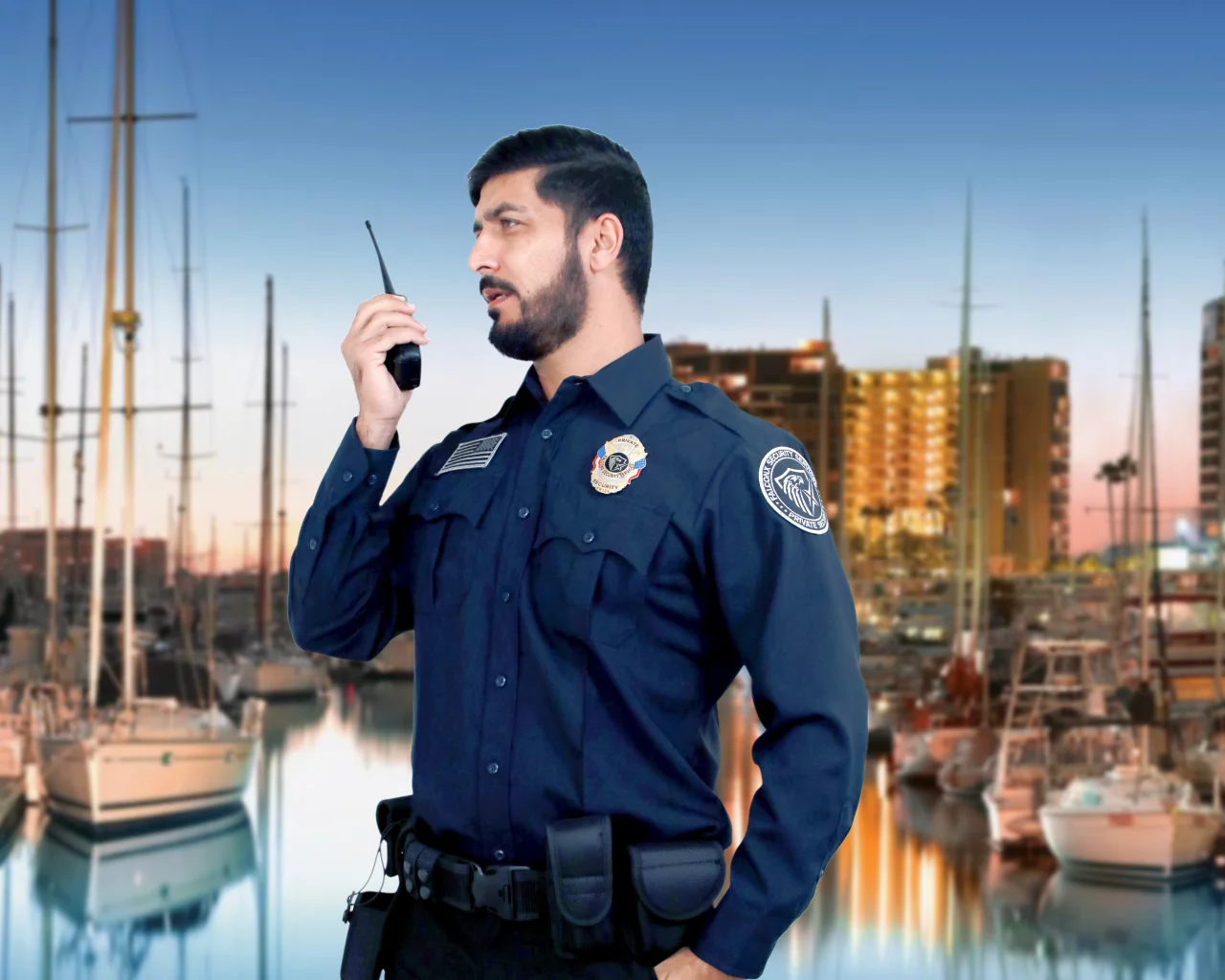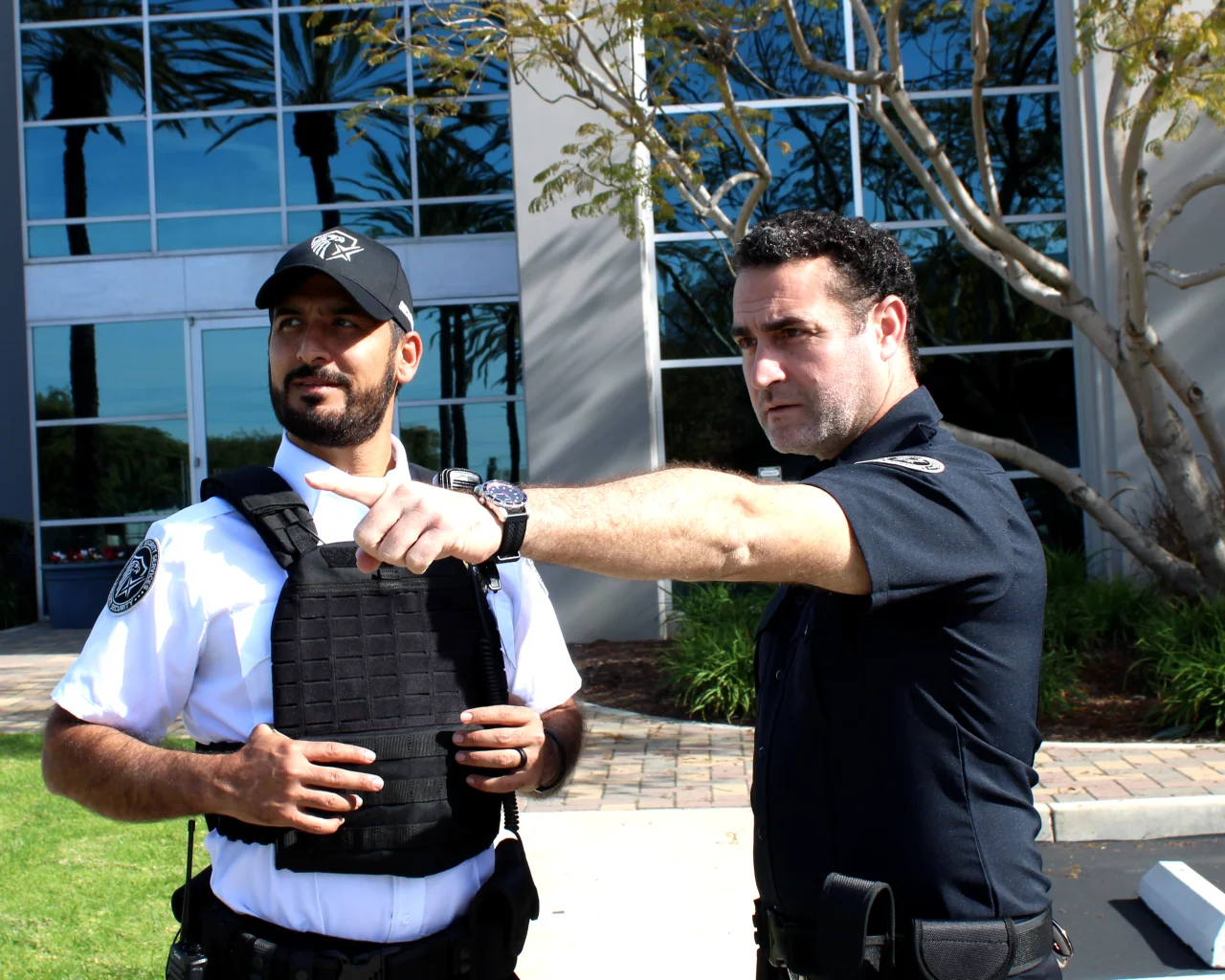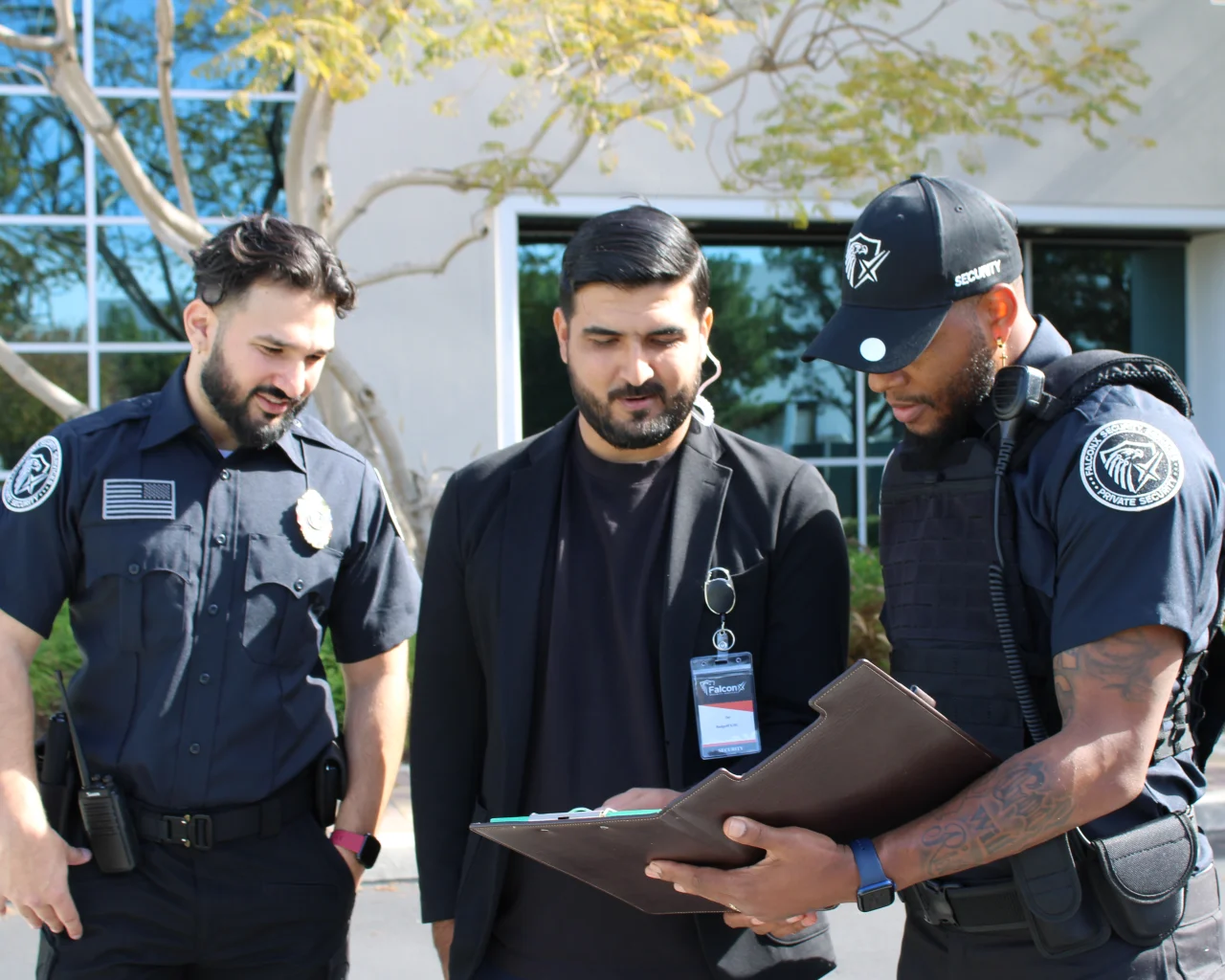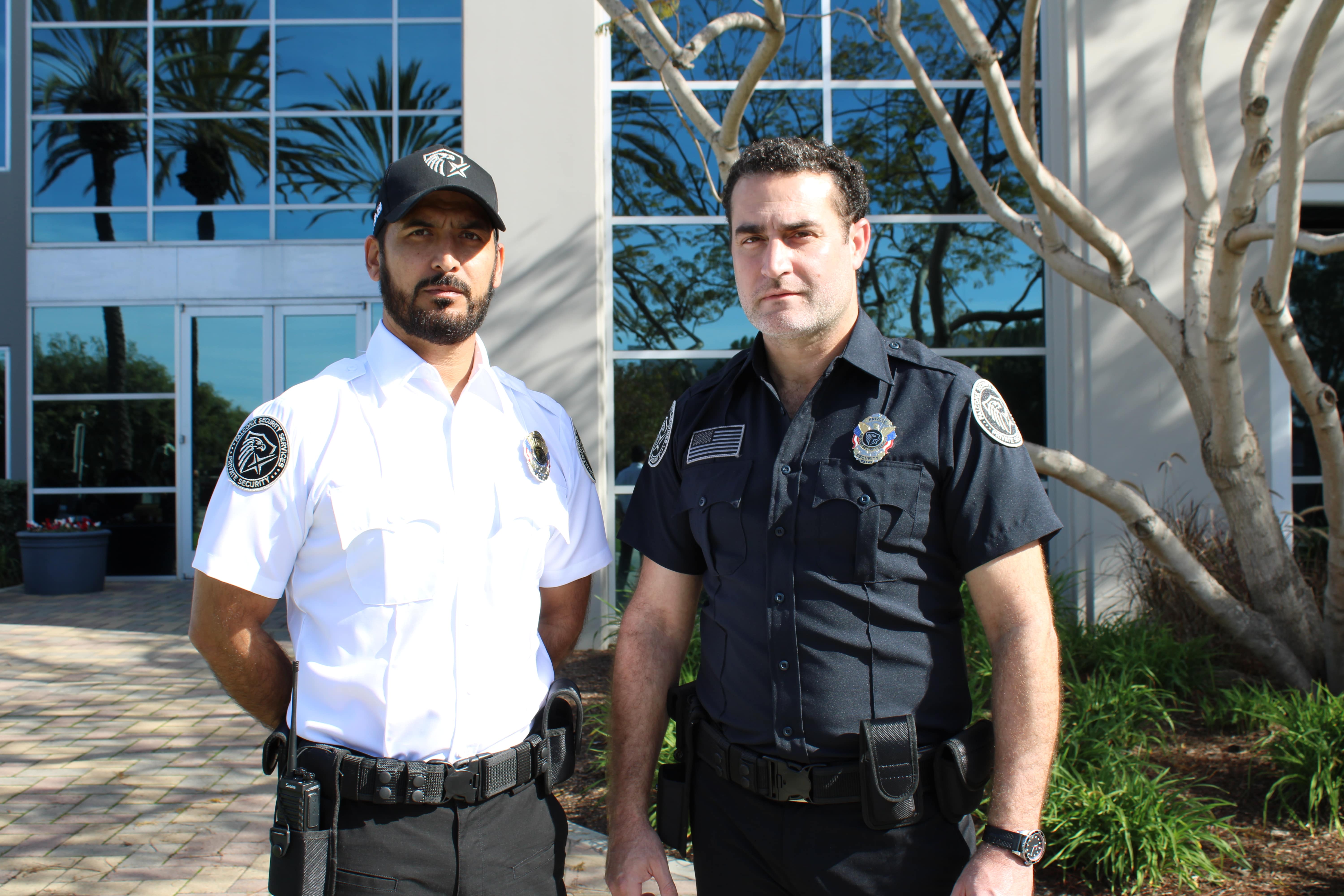In an ever-evolving world where safety and security are paramount, choosing the right mobile security method can significantly impact the effectiveness of any security strategy. Mobile security personnel have various options at their disposal, with foot, bike, and golf patrols being the most common. Each method has its own set of advantages and disadvantages, making it essential to assess the environment, security needs, and overall goals before making a choice.
Understanding Mobile Security Patrols
Mobile security patrols are designed to provide a physical presence in various environments to deter crime, respond to incidents, and ensure safety. Depending on the environment—urban, suburban, commercial, or recreational—the choice of patrol mode can influence effectiveness. The three primary methods of mobile security are foot patrol, bike patrol, and golf patrol, each suited for specific scenarios.
1. Foot Patrol
Overview
Foot patrol involves security personnel patrolling on foot within a designated area. This method is one of the oldest forms of policing and remains relevant in modern security frameworks.
Advantages
- Visibility and Approachability: Officers on foot are often seen as more approachable, which can encourage communication with the community. Their presence can help deter crime simply by being visible.
- Flexibility: Foot patrols can navigate tight spaces, stairways, and pedestrian-only areas where vehicles cannot go. This makes them ideal for urban environments with high foot traffic.
- Community Engagement: Being on foot allows security personnel to engage directly with the public, building trust and rapport. This can be particularly beneficial in residential areas or community events.
- Cost-Effective: Foot patrols require less investment than vehicle-based patrols, making them an economical choice for many organizations.
Disadvantages
- Limited Range: Foot patrols cover smaller areas in a given time compared to vehicles. This can be a disadvantage in larger facilities or sprawling campuses.
- Physical Demands: Walking long distances can be physically taxing, which may lead to fatigue over time.
- Response Time: In emergencies, foot patrols may take longer to respond compared to bike or vehicle patrols.
2. Bike Patrol
Overview
Bike patrols involve security personnel patrolling designated areas on bicycles. This method combines the advantages of both foot and vehicle patrols, providing a balance between mobility and accessibility.
Advantages
- Increased Mobility: Bikes allow for faster travel than foot patrols while still being able to navigate areas that cars cannot access. This can significantly reduce response times in emergencies.
- Environmental Friendliness: Bicycles are eco-friendly and can contribute to a positive image for organizations concerned about sustainability.
- Community Interaction: Similar to foot patrols, bike patrols promote community engagement. Officers on bikes can stop to converse with residents, attend events, or monitor activities in public spaces.
- Cost Efficiency: While there is an initial investment for bicycles, the ongoing operational costs are generally lower than those associated with vehicle patrols.
Disadvantages
- Weather Dependence: Inclement weather can hinder the effectiveness of bike patrols, limiting their operation during rain, snow, or extreme heat.
- Training Requirements: Officers may need additional training to safely operate bikes, especially in busy urban environments where traffic management is crucial.
- Limited Equipment Carrying Capacity: Officers may have difficulty carrying larger equipment or emergency gear while on a bicycle.
3. Golf Patrol
Overview
Golf patrols utilize golf carts or similar vehicles designed for quick, nimble travel across larger spaces, especially in recreational settings like golf courses, parks, and large residential communities.
Advantages
- Speed and Efficiency: Golf carts allow security personnel to cover larger areas quickly, making them ideal for expansive environments.
- Comfort and Capacity: Officers can carry more equipment than on foot or bike, allowing them to respond to various situations more effectively.
- Versatility: Golf patrols can operate effectively in areas where larger vehicles cannot, making them suitable for parks, resort complexes, and other expansive venues.
- Community Presence: The use of golf carts can project a friendly and non-threatening image, which is particularly beneficial in community-focused settings.
Disadvantages
- Higher Initial Costs: Compared to foot and bike patrols, the initial investment for golf carts can be higher, which may be a deterrent for some organizations.
- Less Community Interaction: Officers in golf carts may be perceived as less approachable compared to those on foot or bikes, potentially reducing community engagement.
- Terrain Limitations: Golf carts may struggle on rough terrain or uneven surfaces, limiting their effectiveness in certain environments.
Factors to Consider When Choosing a Mobile Security Method
Selecting the right mobile security option involves analyzing various factors, including:
1. Environment
- Urban vs. Rural: Urban areas may benefit more from foot or bike patrols due to high pedestrian traffic and accessibility, while rural or expansive areas might be better suited for golf patrols.
- Facility Size: Large campuses or parks may necessitate the use of golf carts or bikes for effective coverage, while smaller areas could be adequately served by foot patrols.
- Terrain: The physical layout of the environment—hills, pathways, and obstacles—can influence the choice of patrol method.
2. Security Objectives
- Crime Deterrence: If the primary goal is deterrence, foot patrols may be most effective due to their visibility. Bike patrols can also be effective in covering more ground while still engaging with the community.
- Response Time: For areas prone to incidents requiring quick response, bike or golf patrols may be more advantageous due to their speed.
- Community Relations: If community interaction is a priority, foot and bike patrols are generally better suited for building rapport and trust.
3. Budget Constraints
- Initial Investment: Consider the initial costs of each option, including equipment, uniforms, and training. Foot patrols are typically the most economical, while golf patrols require more investment upfront.
- Operational Costs: Evaluate the ongoing costs associated with each option, including maintenance, fuel (for golf carts), and personnel expenses.
4. Staffing Considerations
- Personnel Availability: The number of security personnel available can influence the choice of patrol method. More officers may be needed for effective foot patrols, while fewer may suffice for bike or golf patrols covering larger areas.
- Training Needs: Assess the current skill set of personnel and the training required for bike or golf patrol operations.
Best Practices for Implementing Mobile Security Patrols
Once you’ve identified the appropriate patrol method, implementing best practices can enhance the effectiveness of your mobile security operations.
1. Training and Development
- Provide comprehensive training to security personnel in their specific patrol methods, emphasizing safety, community interaction, and emergency response.
- Encourage continuous learning through workshops and simulations to keep personnel updated on best practices and new technologies.
2. Community Engagement
- Promote community-oriented policing by encouraging officers to interact with residents and businesses, fostering trust and cooperation.
- Organize community events that involve security personnel, showcasing their role in maintaining safety and security.
3. Utilize Technology
- Equip security personnel with communication devices to ensure quick reporting and response capabilities.
- Consider the use of GPS tracking for bike and golf patrols to monitor movements and optimize routes.
4. Regular Assessment
- Continuously evaluate the effectiveness of the chosen patrol method, soliciting feedback from personnel and the community.
- Adjust strategies based on findings to improve overall security effectiveness and community relations.
Bottom Line
The decision to employ foot, bike, or golf patrols in a security strategy should be made with careful consideration of the environment, security objectives, budget constraints, and community engagement needs. Each patrol method offers unique advantages and disadvantages, and understanding these can help organizations tailor their approach to enhance safety and security effectively.
By investing in the right mobile security solution and adhering to best practices, organizations can create a safer environment that fosters trust and cooperation between security personnel and the communities they serve. Ultimately, the goal is to not only deter crime but also to enhance the overall sense of safety and well-being for all individuals within the environment.










